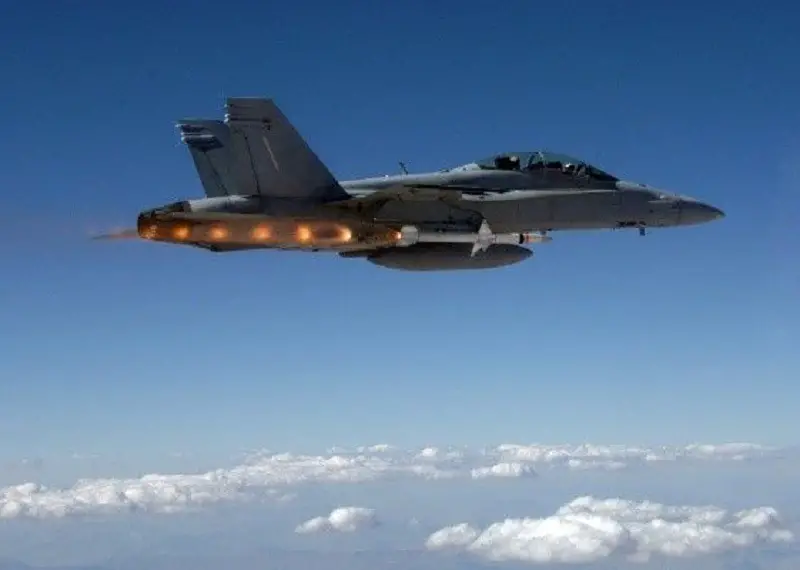Alliant Techsystems Operations LLC (ATK), a wholly owned subsidiary of Northrop Grumman Defense Systems Inc., Northridge, California, is awarded a $35,587,641 modification to a previously awarded firm-fixed-price contract. This modification exercises an option to procure full rate production Lot 11 of the AGM-88E2 Advanced Anti-Radiation Guided Missile (AARGM), to include the production and delivery of AGM-88E2 AARGM All Up Round (AUR) tactical missiles; AGM-88E AARGM Captive Air Training Missiles (CATMs); AARGM guidance sections; AARGM control sections; High-Speed Anti-Radiation Missiles (HARM) rocket motors; HARM warheads; HARM control sections; HARM G-Code AURs; HARM G-Code CATMs; and M-Code Global Positioning System receivers, as well as associated test equipment, containers, spare and repair parts, software, and logistical and program support for the government of Australia.

The AGM-88 HARM (High-speed Anti-Radiation Missile) is a tactical, air-to-surface anti-radiation missile designed to home in on electronic transmissions coming from surface-to-air radar systems. It was originally developed by Texas Instruments as a replacement for the AGM-45 Shrike and AGM-78 Standard ARM system. A newer upgrade, the AGM-88E Advanced Antiradiation Guided Missile (AARGM), features the latest software, enhanced capabilities intended to counter enemy radar shutdown, and passive radar using an additional active millimeter-wave seeker. It was released in November 2010, and it is a joint venture by the US Department of Defense and the Italian Ministry of Defense. The U.S. Naval Air Systems Command, Patuxent River, Maryland, is the contracting activity. The Italian Air Force was expected to buy up to 250 missiles for its Tornado ECR aircraft.

In September 2013, ATK delivered the 100th AARGM to the U.S. Navy. The AGM-88E program is on schedule and on budget, with Full Operational Capability (FOC) planned for September 2014. The AGM-88E was designed to improve the effectiveness of legacy HARM variants against fixed and relocatable radar and communications sites, particularly those that would shut down to throw off anti-radiation missiles, by attaching a new seeker to the existing Mach 2-capable rocket motor and warhead section, adding a passive anti-radiation homing receiver, satellite and inertial navigation system, a millimeter-wave radar for terminal guidance, and the ability to beam up images of the target via a satellite link just seconds before impact. This model of the HARM will be integrated onto the F/A-18C/D/E/F, EA-18G, Tornado ECR aircraft, and later on the F-35 (externally).

Royal Australian Air Force looks to be progressing the acquisition of warstocks of anti-radiation missiles for the RAAF’s 12 EA-18G Growler electronic attack aircraft after the US Department of State approved a US$137.6 million sale of HARM and AARGM missiles. On 28 April 2017, the U.S. Defense Security Cooperation Agency (DSCA) stated on April 28 that Australia has requested the possible sale under the Foreign Military Sales (FMS) program of up to 70 AGM-88B High-Speed Anti-Radiation Missile (HARM) and up to 40 AGM-88E Advanced Anti-Radiation Guided Missile (AARGM) tactical missiles. In addition the DSCA notice lists the possible acquisition of “up to 16 CATM-88B HARM Captive Air Training Missiles (CATM); up to 16 CATM-88E AARGM CATM; up to 25 AGM-88B control sections; up to 25 AGM-88B guidance sections; up to 20 AGM-88E control sections; up to 20 AGM-88E guidance sections; up to 48 telemetry/flight termination systems.















